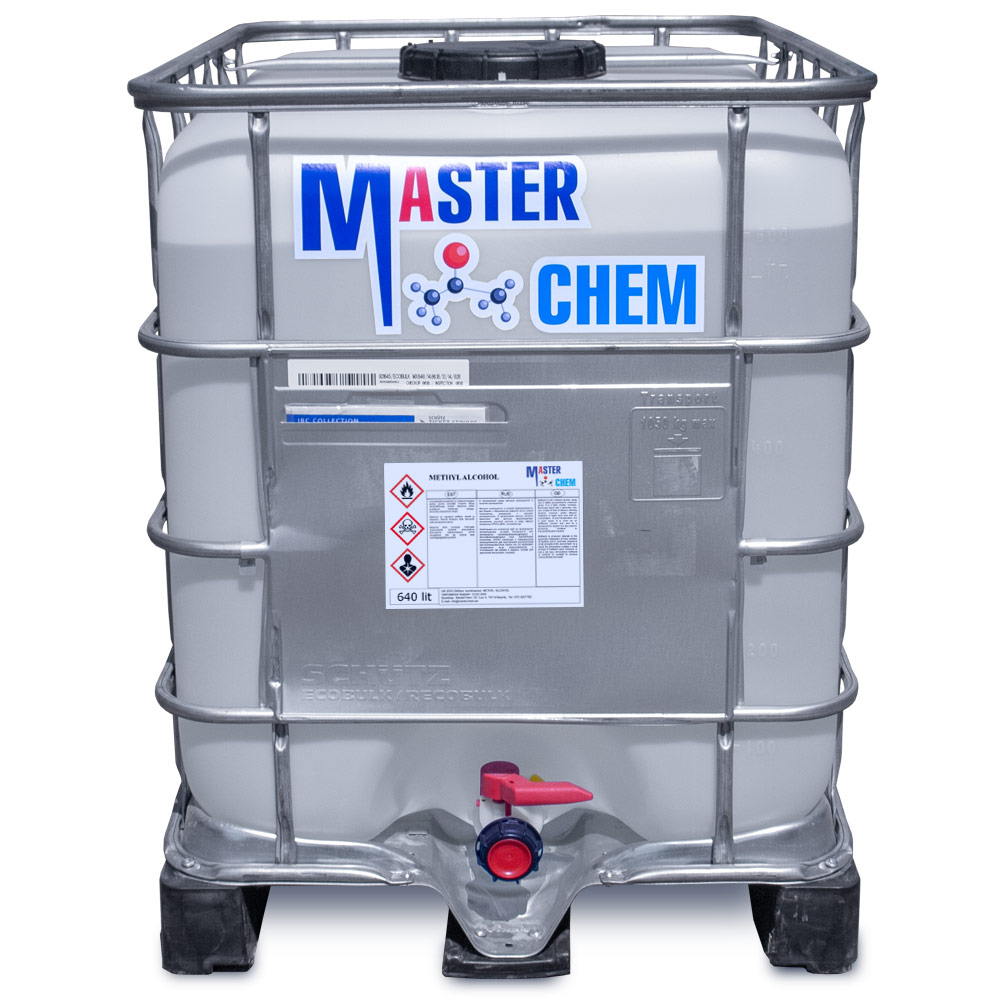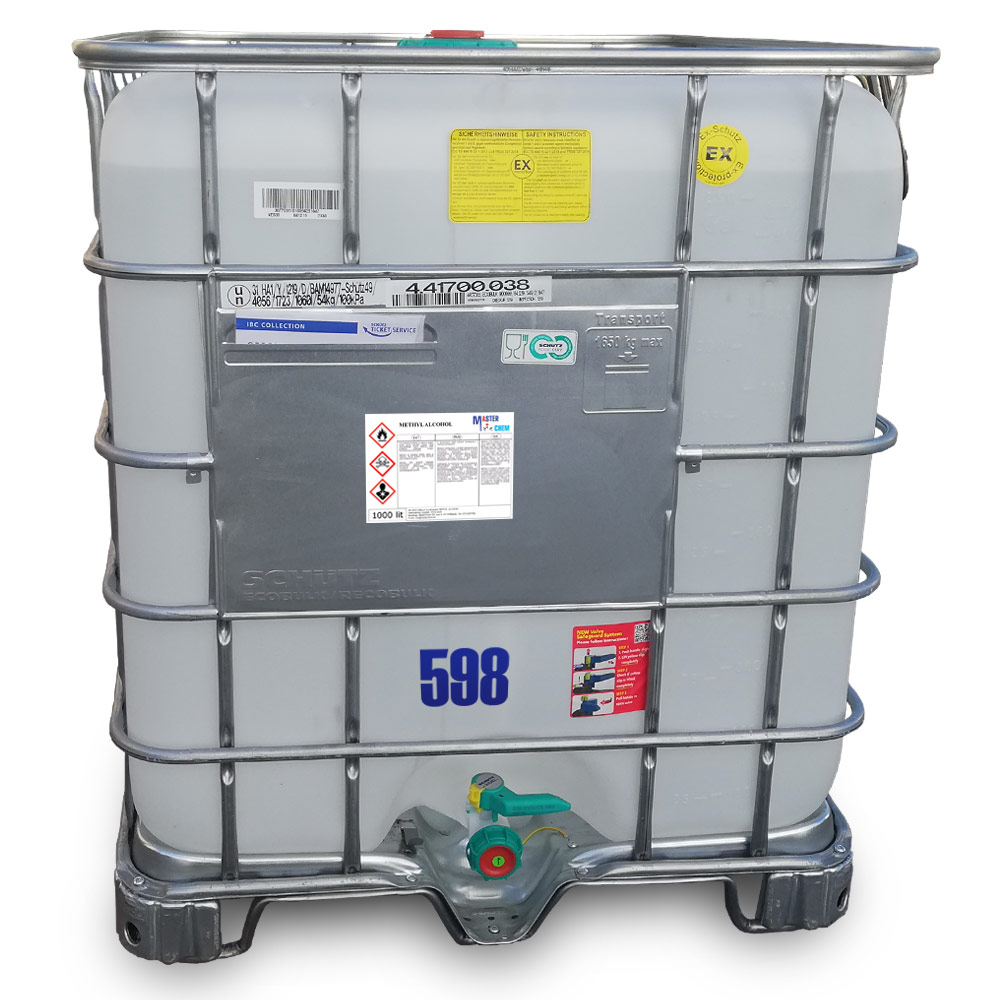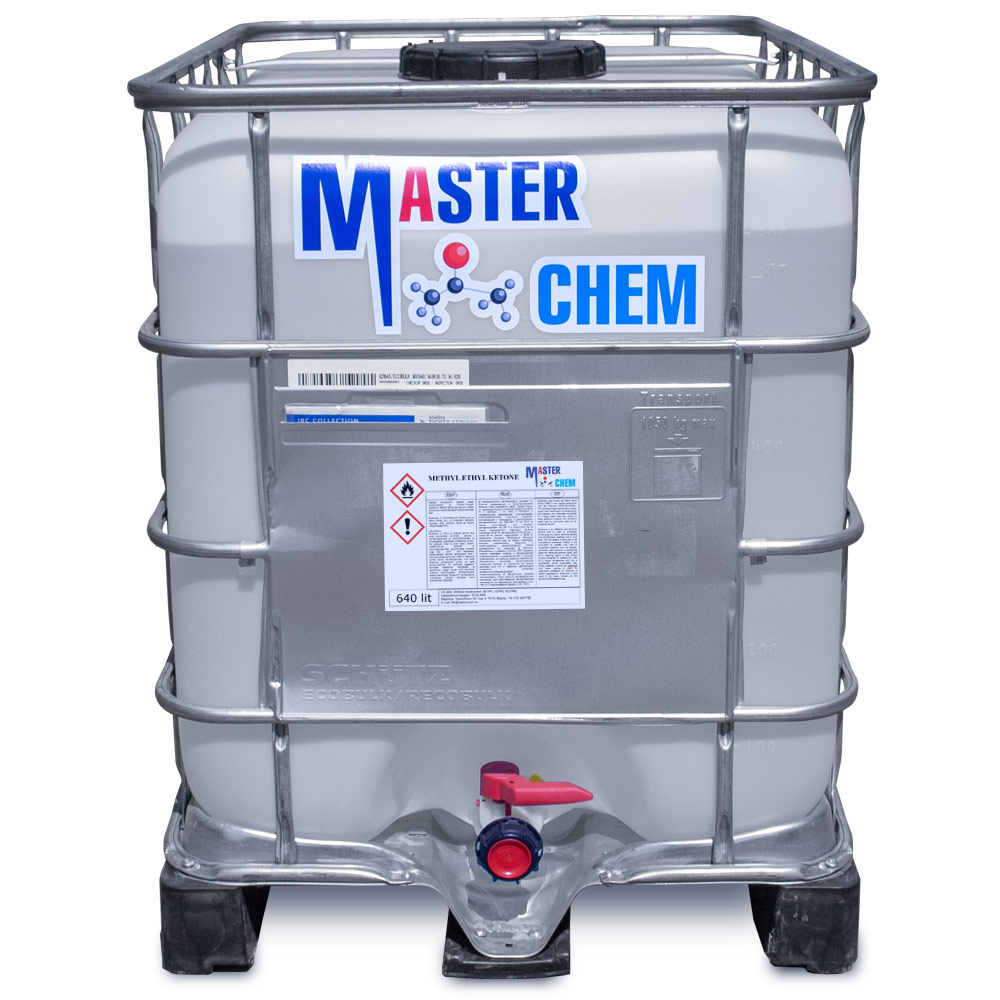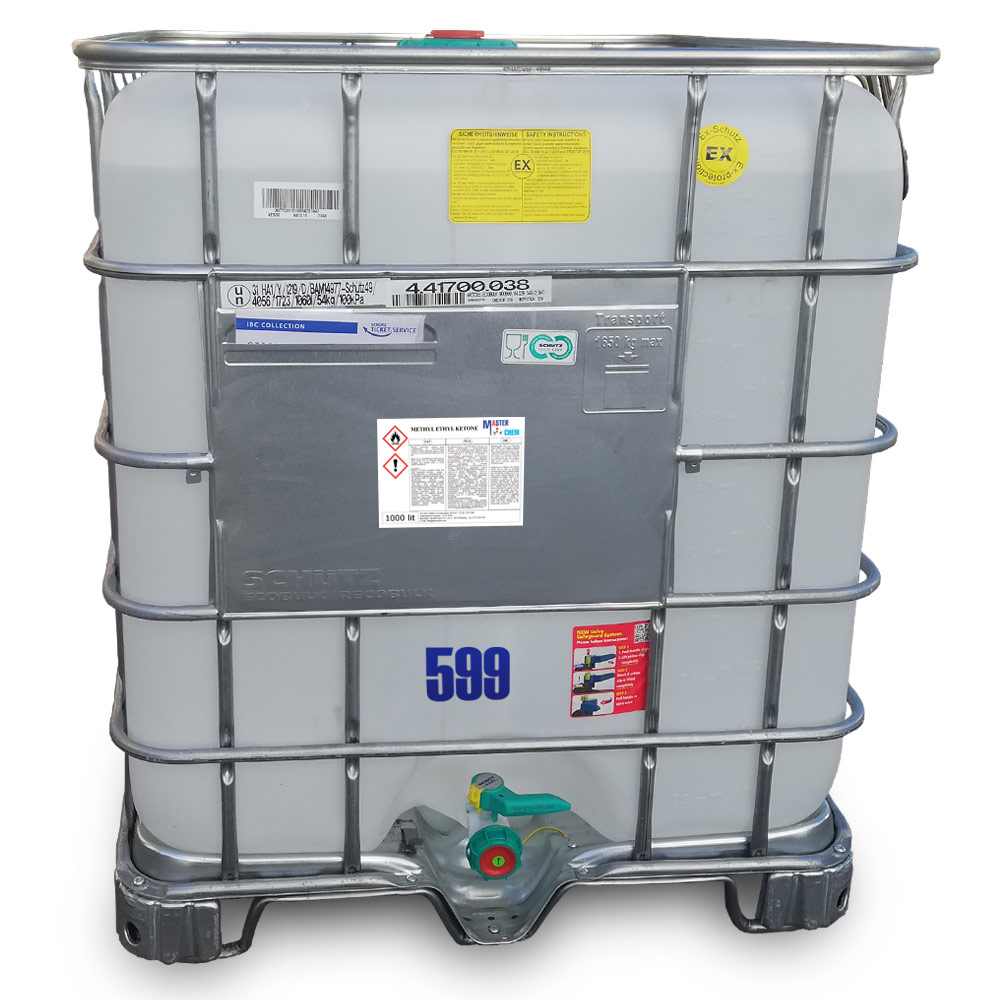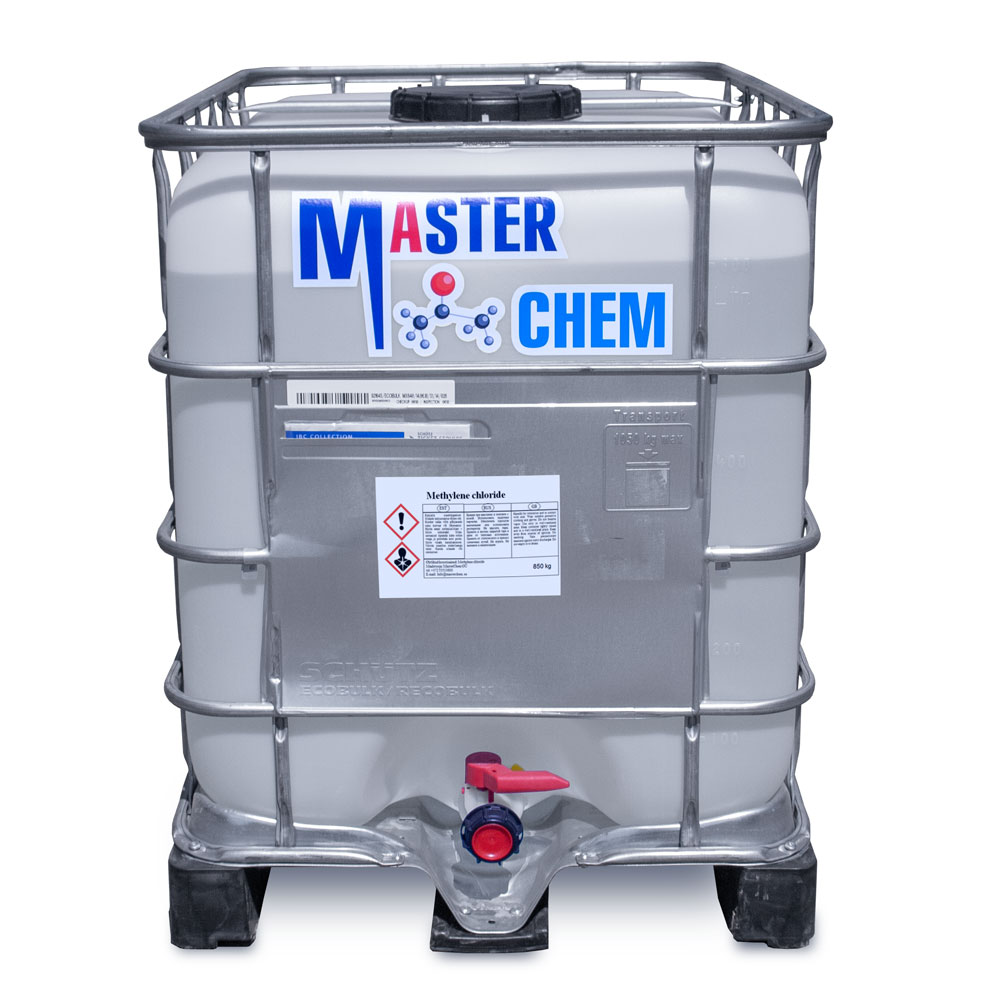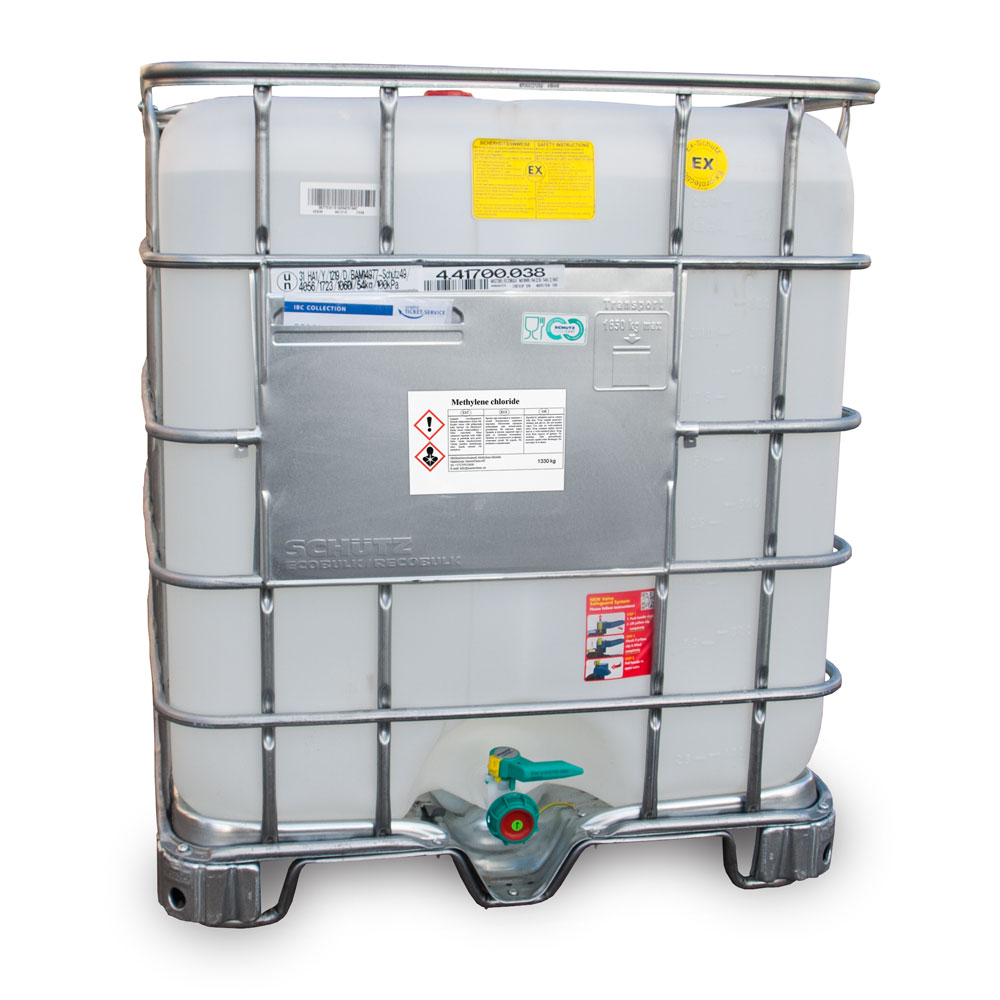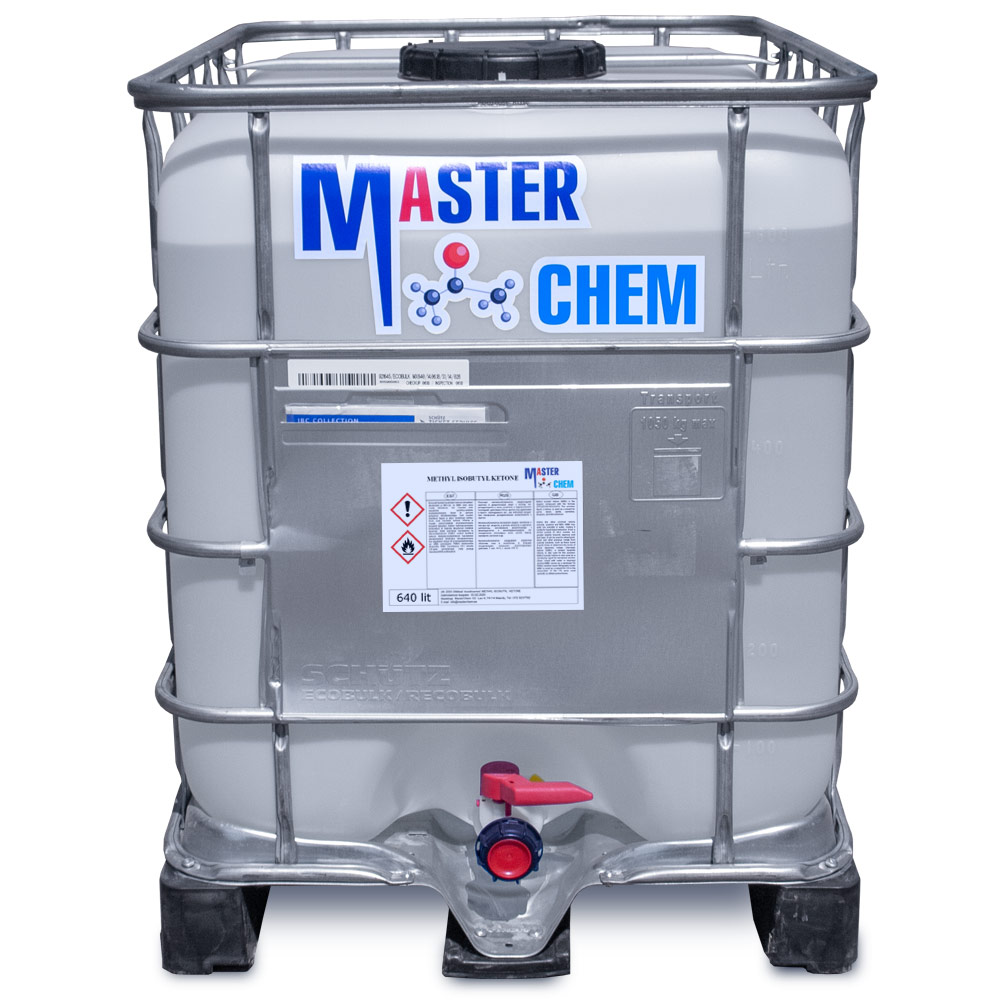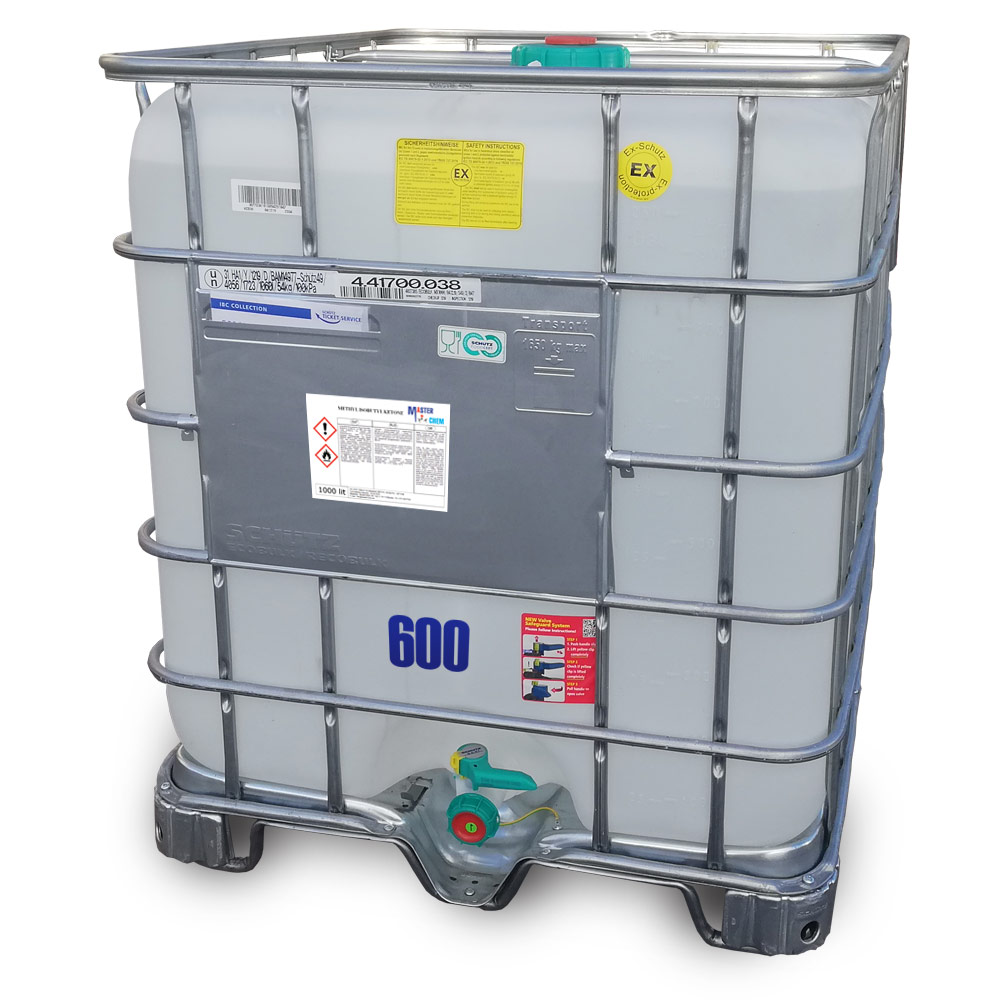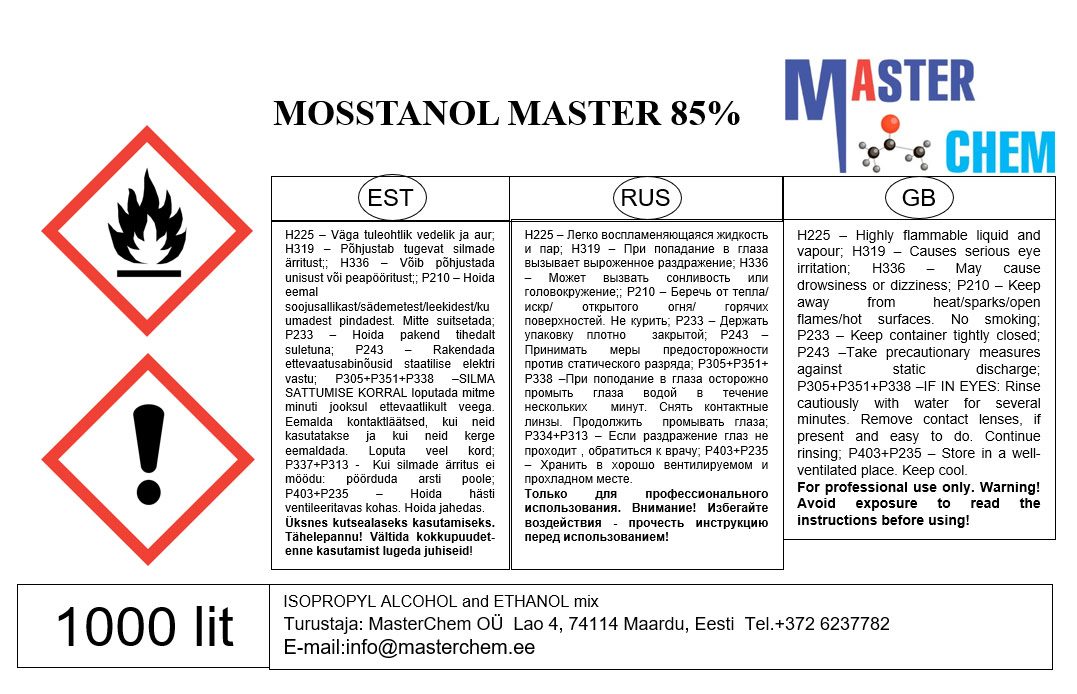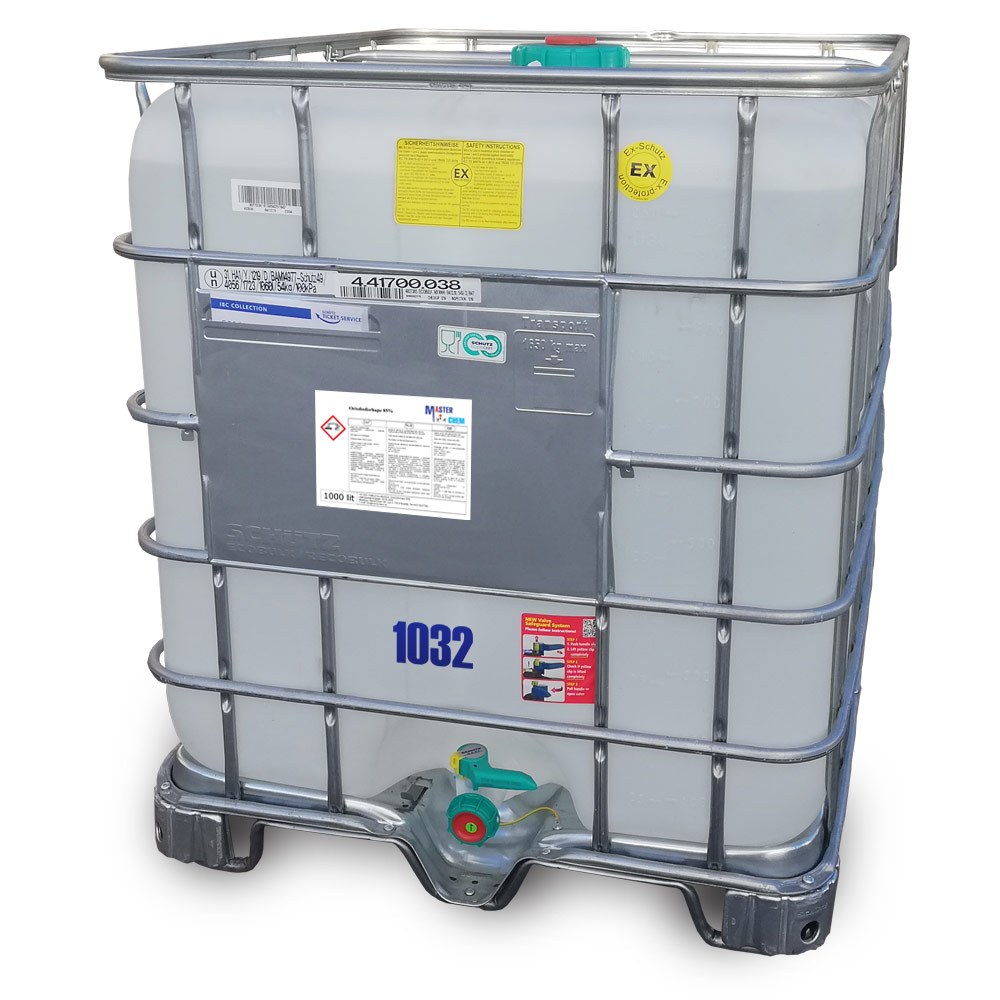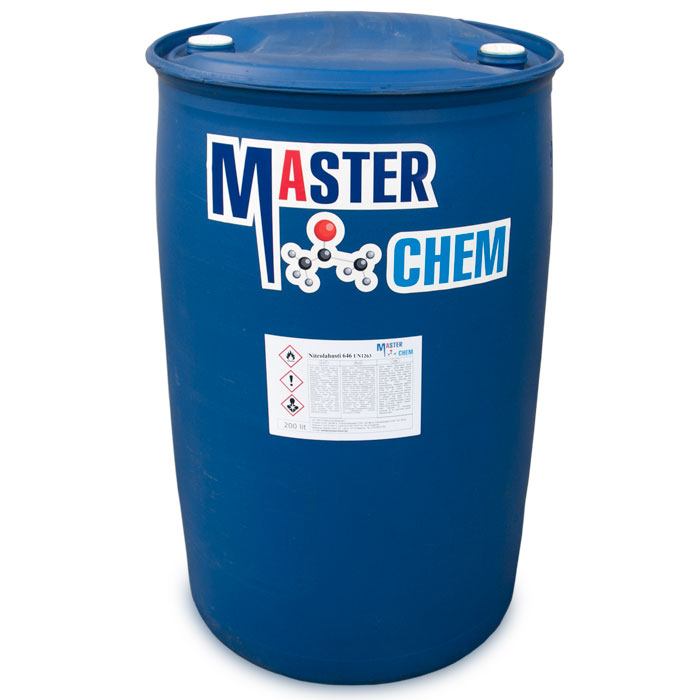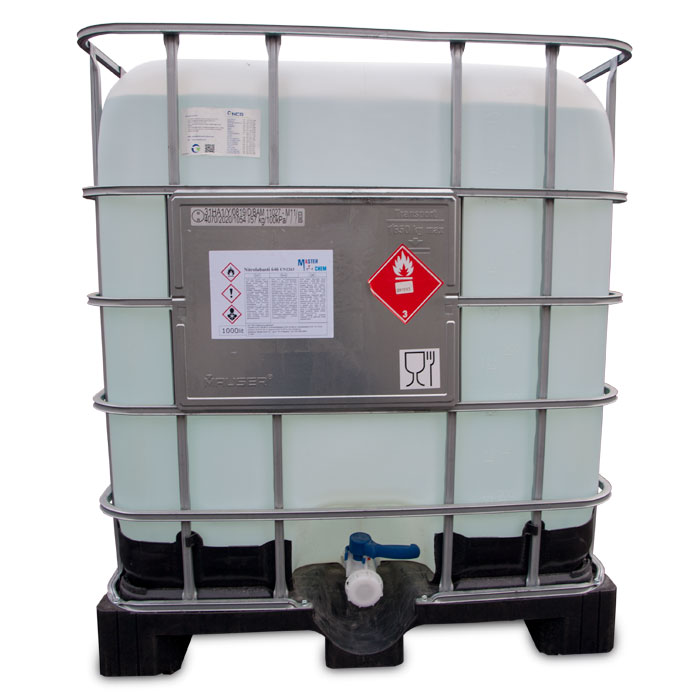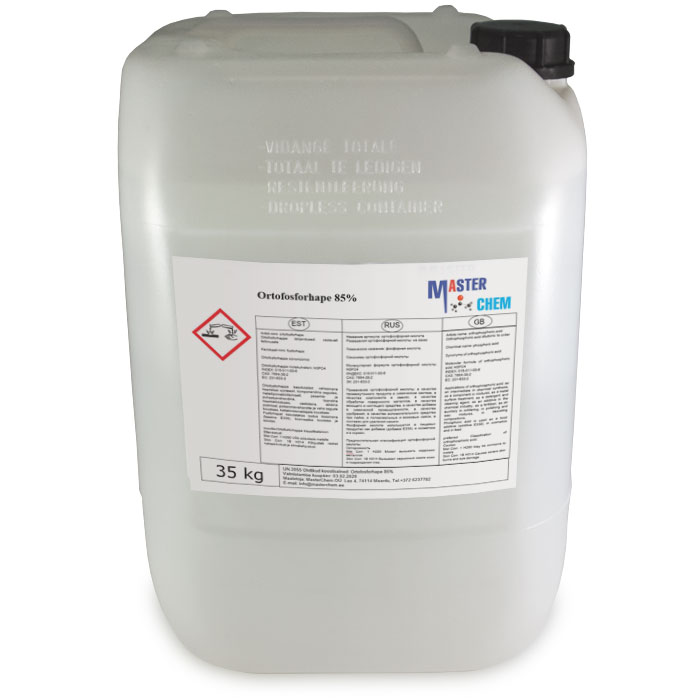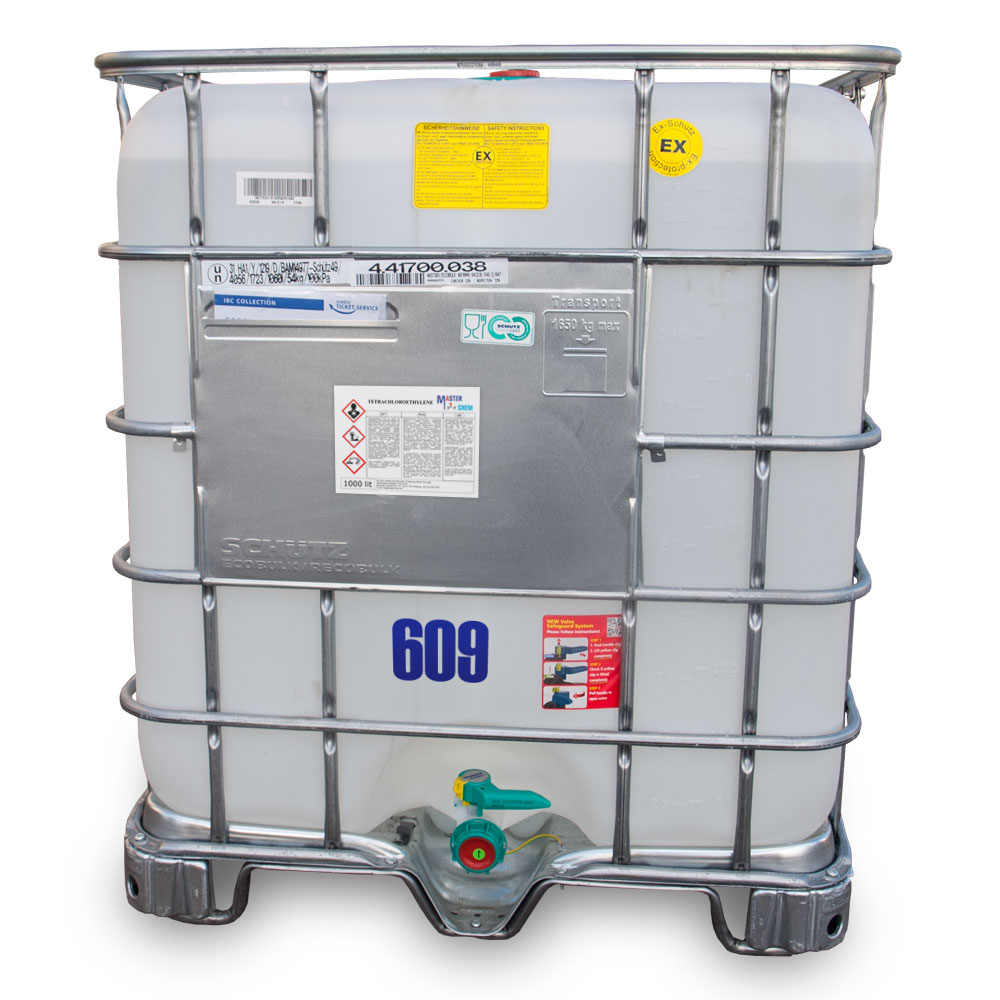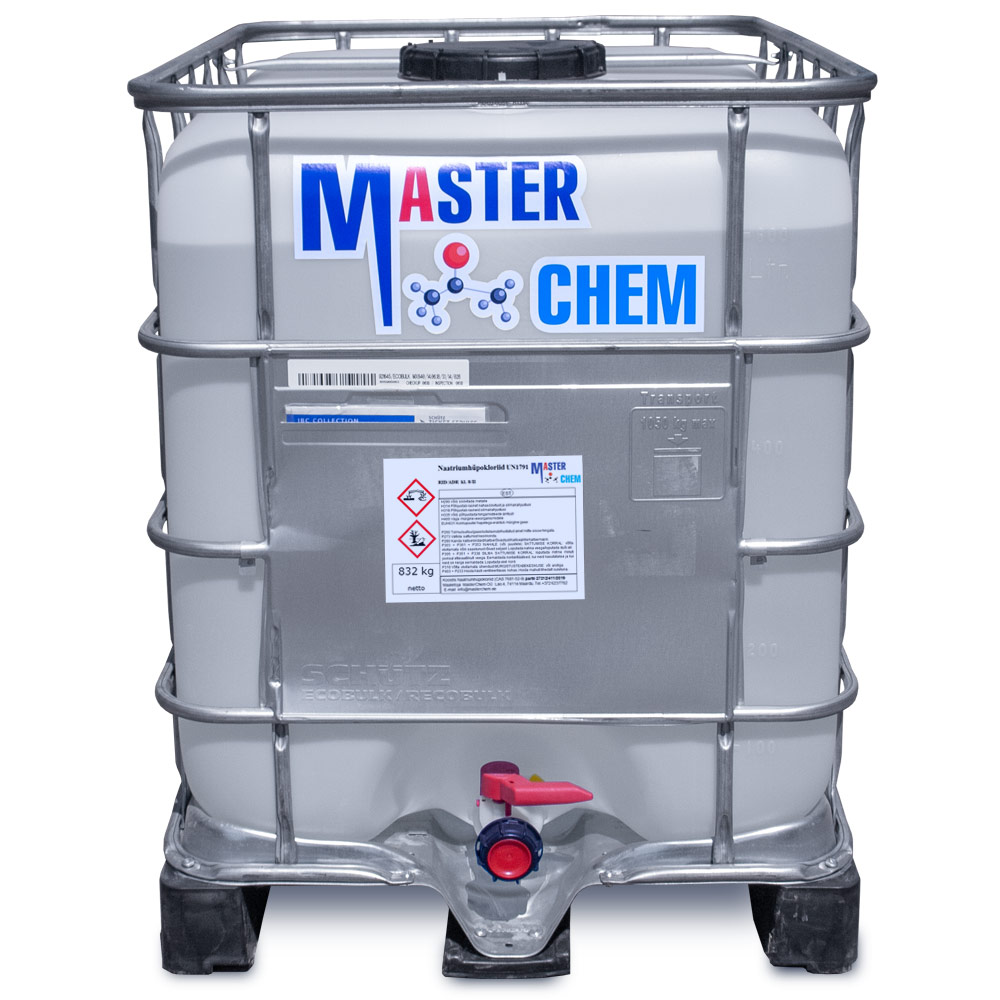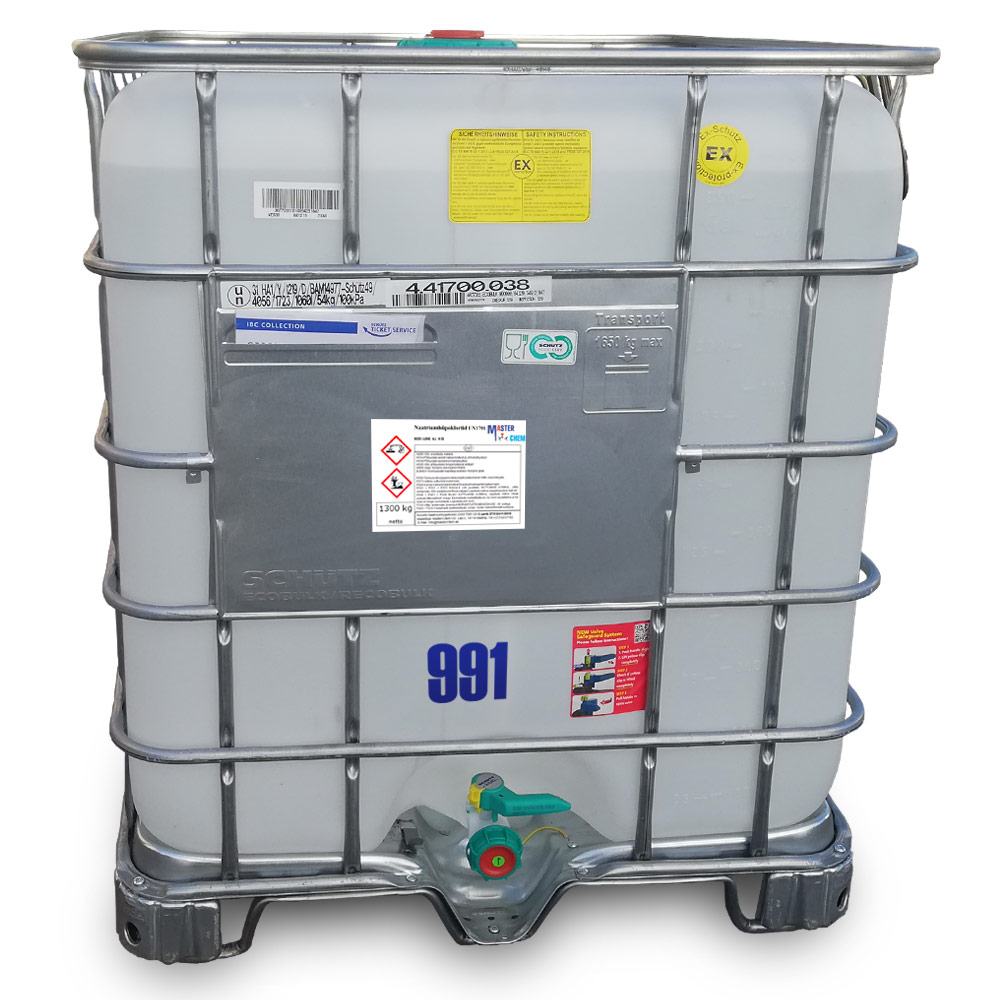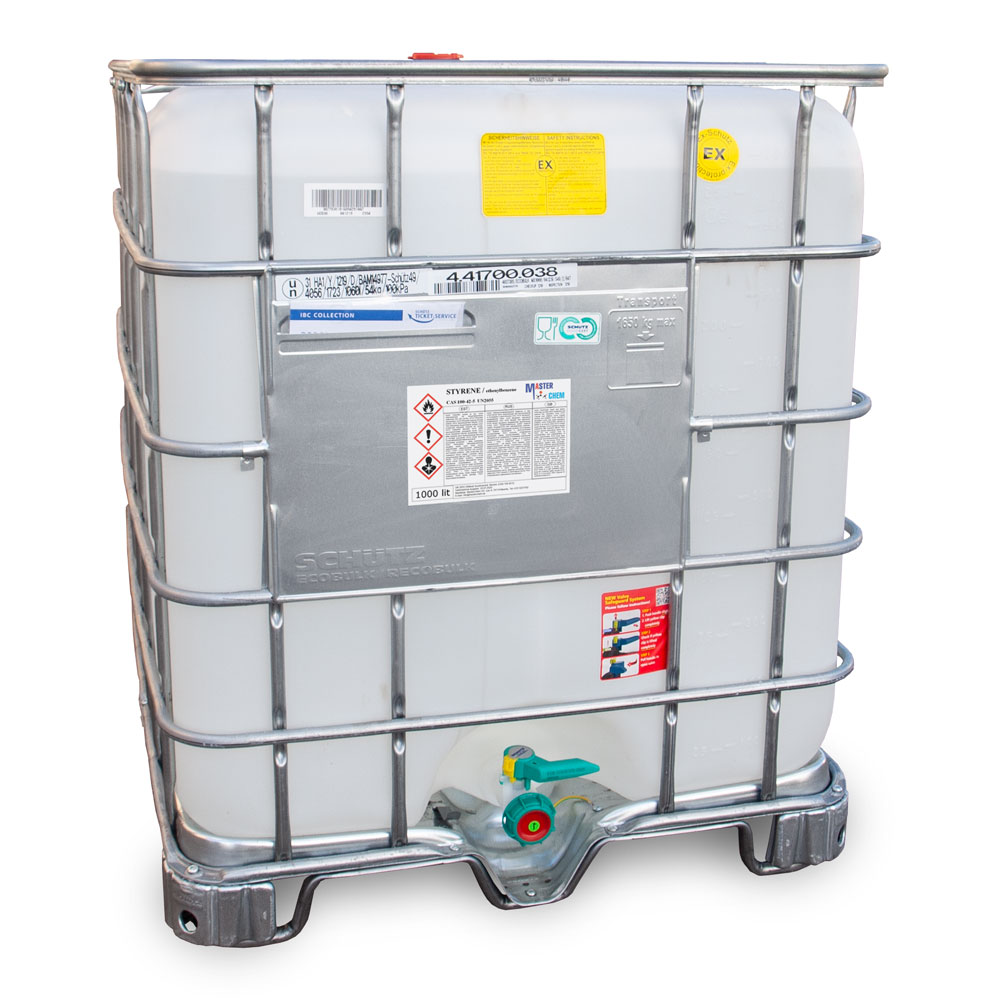Currently Empty: €0.00
MasterDes Pro E80 disinfectant
MasterDes Pro E80 room and surface disinfectant
MasterDes Pro E80 is a universal disinfectant for surfaces and rooms. It is a new product developed according to a special formula to fight viruses and bacteria on the surface.
MasterChem offers versatile disinfectants for objects and surfaces. Actively disinfects, deodorizes, cleans and removes fat without foaming and does not need to be rinsed.
MasterDes Pro E80 provides comprehensive protection against the main fungi, molds and bacteria that cause infections.
Due to its properties, the MasterDes Pro E80 is particularly suitable for hospitals, public places, gyms and social gatherings. For general consumer and professional use.
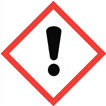
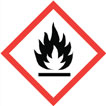
Methyl alcohol (methanol) (CAS 67-56-1)
Other names: Carbinol, Columbian spirits, Hydroxymethane, Methyl alcohol, Methyl hydrate, Methyl hydroxide, Methylic alcohol, Methylol, Pyroligneous spirit, Wood alcohol, Wood naphtha, Wood spirit
Methanol, also known as methyl alcohol among others, is a chemical with the formula CH3OH (often abbreviated MeOH). Methanol acquired the name wood alcohol because it was once produced chiefly as a byproduct of the destructive distillation of wood. Today, industrial methanol is produced in a catalytic process directly from carbon monoxide, carbon dioxide, and hydrogen.
CAS: 67-56-1
Methyl ethyl ketone MEK (CAS 78-93-3)
Other names: Ethyl methyl ketone[2], Ethylmethylketone, Methylpropanone, Methylacetone, Butanone
Butanone, also known as methyl ethyl ketone (MEK), is an organic compound with the formula CH3C(O)CH2CH3. This colorless liquid ketone has a sharp, sweet odor reminiscent of butterscotch and acetone. It is produced industrially on a large scale, and also occurs in trace amounts in nature. It is soluble in water and is commonly used as an industrial solvent.
CAS: 78-93-3
Methylene chloride (CAS 75-09-2)
Other names: methylene chloride, dichloromethane
Description:
A popular industrial solvent is an organic compound derived from methane. Mobile transparent liquid without color, volatile, with a characteristic sharp, sweet smell of ether. Slightly soluble in water. It is highly soluble in organic solvents. When dissolved in hot water, it is destroyed, decomposing into hydrochloric acid and formaldehyde. Low toxic compared to other solvents. It reacts with chlorine to produce chloroform. Reacts with other halogens: iodine, bromine. It interacts with alcoholic and aqueous solutions of ammonia. As a result of the reaction with aqueous ammonia, formic and hydrochloric acids and methylamine are obtained. It reacts with aromatic hydrocarbons, for example, with benzene.
CAS: 75-09-2
Metylisobutylketon (CAS 108-10-1)
Other names: Metylisobutylketon, 4-Methyl-2-pentanone, Isopropylacetone, Hexone, Isobutyl methyl ketone, 2-Methylpropyl methyl ketone, 4-Methyl-2-oxopentane, MIK, Isobutylmethyl ketone, MIBK, Isohexanone
Methyl isobutyl ketone (MIBK) is the organic compound with the formula (CH3)2CHCH2C(O)CH3. This colourless liquid, a ketone, is used as a solvent for gums, resins, paints, varnishes, lacquers, and nitrocellulose.
CAS: 108-10-1
Mosstanol Master
Mosstanol Master is mainly used as a diluent in paints and varnishes, in the printing industry as an environment for ink, window cleaner / washer fluid, fuel mixing, adhesives, air fresheners, varnishes, antifreeze and compressed air systems. icer. The main end-user markets are the printing, paint, engine, consumer and adhesive industries.
Nitro Thinner 646
Nitro solvent 646 is a classic nitro solvent. Introducing a mixture of various volatile organic liquids (6 components). The original recipe has a ten-year history and has established itself as the most versatile and high-quality composition with excellent properties. Unfortunately now in Europe you will not find a 100% original composition anywhere, as some components are prohibited for circulation in the European Union. Our recipe preserves all the best properties of this product due to the fact that we have replaced the prohibited components with new generation products that are more environmentally friendly. MasterChem has been manufacturing this solvent directly for 25 years. Nitro solvent is a colorless or slightly yellowish liquid with a characteristic odor. It is used in production and in everyday life for diluting and bringing paints and varnishes to a working consistency. If you want to become a sales representative of our product, we are open to negotiations.
Ortofosforhape 85% (CAS 7664-38-2)
Molecular formula of orthophosphoric acid: H3PO4
INDEX: 015-011-00-6
CAS: 7664-38-2
EC: 231-633-2
IUPAC name
Phosphoric acid
Applications of orthophosphoric acid: as an intermediate in chemical synthesis, as a component in mixtures, as a metal surface treatment, as a detergent and cleaning agent, as an additive in the chemical industry, as a fertilizer, as an auxiliary in soldering, in polishing and wax mixtures, in descaling compositions.
Phosphoric acid is used in food as an additive (additive E338), in cosmetics and in feed.
Perchloroethylene (CAS 127-18-4)
Tetrachloroethylene; perchloroethylene; perc; PCE; Perchloroethelene
Description:
Perchloroethylene is a colorless liquid with a sharp smell, an organochlorine solvent. Does not burn, does not support burning, does not explode. It is almost insoluble in water; easily mixed with organic solvents such as ethyl and methyl alcohol, acetic acid, propanol, butanol, ethylene glycol, etc. It is widely used in dry cleaning and degreasing of metals. Tetrachloroethylene is the most stable compound of all chlorine derivatives of ethane and ethylene. It is a solvent for oils, fats, wax and the like. It is resistant to hydrolysis and contributes less to corrosion than other chlorine-containing solvents.
Sodium hypochlorite 12 – 15% (CAS 7681-52-9)
Disinfection from COVID-19 should be done with 0.1-0.5% sodium hypochloride solution (WHO and Health Department recommendation)
Styrene (CAS 100-42-5)
Styrene, also known as ethenylbenzene, vinylbenzene, and phenylethene, is an organic compound with the chemical formula C6H5CH=CH2. This derivative of benzene is a colorless oily liquid that evaporates easily and has a sweet smell, although high concentrations have a less pleasant odor. Styrene is the precursor to polystyrene and several copolymers.



